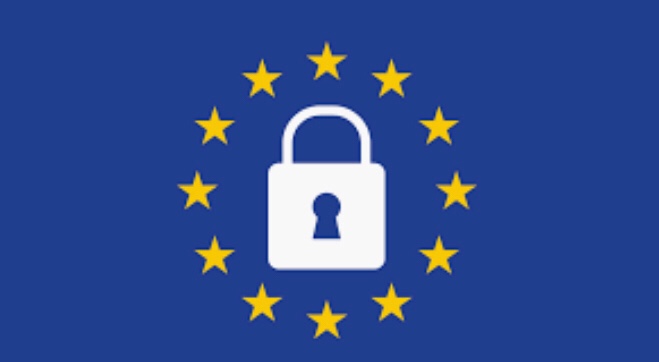I am sure you’ve heard a lot about the EU’s General Data Protection Regulation by now. The wait is over and GDPR has arrived. It has far wider reach than people think. Review what it means and it’s reach here but here is what you need to know in layman’s term (from the official web site):
Personal data is any information that relates to an identified or identifiable living individual. Different pieces of information, which collected together can lead to the identification of a particular person, also constitute personal data.
Personal data that has been de-identified, encrypted or pseudonymised but can be used to re-identify a person remains personal data and falls within the scope of the law.
Personal data that has been rendered anonymous in such a way that the individual is not or no longer identifiable is no longer considered personal data. For data to be truly anonymised, the anonymisation must be irreversible.
The law protects personal data regardless of the technology used for processing that data – it’s technology neutral and applies to both automated and manual processing, provided the data is organised in accordance with pre-defined criteria (for example alphabetical order). It also doesn’t matter how the data is stored – in an IT system, through video surveillance, or on paper; in all cases, personal data is subject to the protection requirements set out in the GDPR.
Examples of personal data
• a name and surname;
• a home address;
• an email address such as name.surname@company.com;
• an identification card number;
• location data (for example the location data function on a mobile phone)*;
• an Internet Protocol (IP) address;
• a cookie ID*;
• the advertising identifier of your phone;
• data held by a hospital or doctor, which could be a symbol that uniquely identifies a person.”








